The Well That Never Dried: Waqf, Power, and People’s Resistance
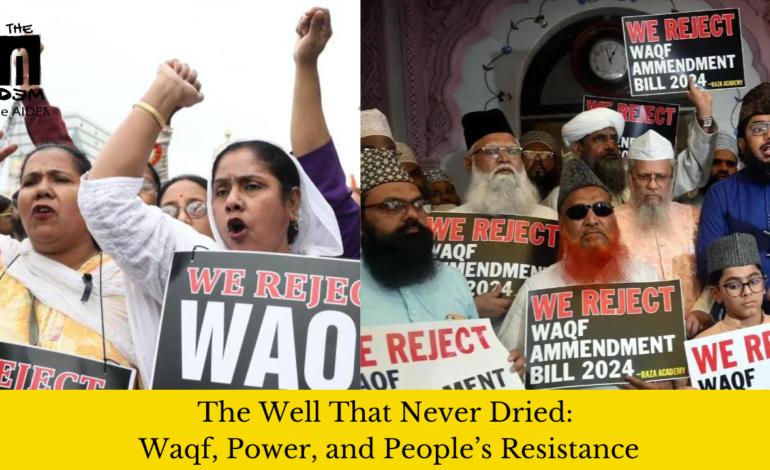
The dargah still stands. The banyan tree still sways. And the well, once dry, then revived, bears witness. The promise of Waqf, etched into history with ink and faith, is under siege.
For centuries, Waqf lands have been more than just property; they have been sanctuaries, feeding the hungry, sheltering the lost, and binding communities together. Now, new hands seek to rewrite that history—not with devotion, but with power. They say it is reform. People say it is theft. From the deserts of Rajasthan to the crowded alleys of Kolkata, the question is the same—who decides the fate of what was never theirs to take?
This is the 9th article in the column “Everything Under The Sun” by Nalin Verma
Once upon a time, in a small village in the Braj region of Western Uttar Pradesh, lived a kind-hearted man named Rahim. Though poor, he was generous and deeply devoted to the local dargah—a shrine dedicated to a revered Sufi saint. The dargah stood on a modest piece of Waqf land, donated centuries ago by a wealthy merchant to support the poor and serve as a place where villagers and travelers alike sought blessings, solace, and companionship in times of joy and sorrow.
One year, a devastating famine struck the village, leaving crops withered and the people desperate. Rahim, unable to bear the suffering of his neighbors, turned to the dargah, where a small well lay beneath the sprawling canopy of an ancient banyan tree. To his dismay, he found that the well had run dry. The land’s caretaker, Qasim—a greedy and negligent man—had allowed it to fall into disrepair, claiming that restoration was too costly while secretly misappropriating the shrine’s meager income.
Rahim pleaded with Qasim, saying, “The Waqf belongs to Allah. Let us restore the well in His name—the Most Kind and Compassionate—so the villagers may survive this drought.”
Qasim scoffed. “Are you dreaming in broad daylight? I won’t waste a single coin on this. Get out of here before I throw you out myself!”
Undeterred, Rahim rallied the villagers—Hindus and Muslims alike—and together, under the cover of night, they began clearing the well using whatever tools they had. Word spread, and soon women and children joined in, removing debris and overgrown shrubs with spades and buckets.
One moonlit night, as they worked tirelessly, an ethereal glow appeared near the shrine. The villagers froze in awe as a luminous figure emerged from the saint’s tomb, his face radiating a serene smile. The apparition raised its hand toward the well, and a trickle of water began to flow, steadily growing into a gushing stream. By morning, the well brimmed with sweet water, bringing life back to the village.
Overcome with fear, Qasim fled, never to return. Rahim was chosen as the new caretaker, and under his stewardship, the Waqf land flourished. The well never ran dry again, standing as a testament to faith, perseverance, and the unity of the community. To this day, storytellers say the saint’s spirit still watches over the villagers, ensuring the Waqf serves its true purpose.
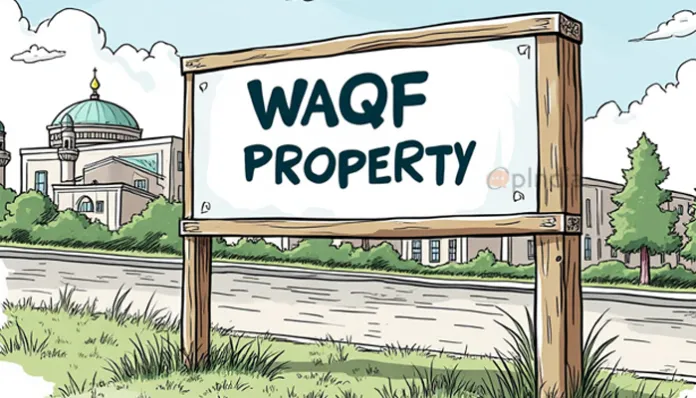
The Legacy of Waqf in the Indian Subcontinent
Waqf properties, established in the Indian subcontinent—now divided into India, Pakistan, and Bangladesh—trace their origins back to the 12th century with the arrival of Islamic rulers and Sufi saints. More than mere endowments for religious or charitable causes, these lands and structures evolved into vibrant centers of social, spiritual, and cultural life.
For centuries, Waqf institutions have served as gathering places for communities, fostering rich traditions of folklore that have deeply enriched the composite culture of the subcontinent. The Arabic word Waqf, meaning “endowment,” refers to property donated in perpetuity for public welfare—supporting mosques, dargahs, madrasas, and yatimkhanas (shelters for the poor).
The Delhi Sultanate and later the Mughal Empire institutionalized Waqf, embedding it into the socio-religious and cultural fabric of the region. Prominent Waqf sites, such as the shrines of Moinuddin Chishti in Ajmer and Nizamuddin Auliya in Delhi, became beacons of Sufi inclusivity, drawing people from all walks of life—Muslims, Hindus, Sikhs, Christians, and others.
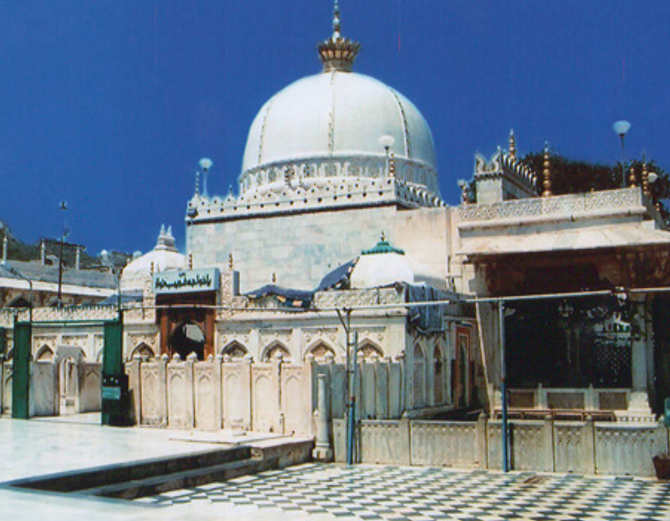
Today, Waqf lands span over nine lakh acres across India, gifted by waqifs (donors) over the course of thirteen centuries. These sites are more than places of worship; they serve as hubs of spiritual solace, charity, and sustenance. They host vibrant festivals, Urs (saints’ death anniversaries), melas, qawwalis, and poetic gatherings. The ceaseless influx of pilgrims, poets, traders, mystics, and royalty transformed these spaces into centers of cultural exchange. Over time, these interactions nurtured oral traditions, preserving and passing down stories that continue to shape the subcontinent’s rich and diverse heritage.
Waqf Amendment Bill 2024
After Independence, the Government of India enacted the Waqf Act of 1954 to manage Waqf affairs, overseeing approximately 8.7 lakh properties spanning 9.4 lakh acres. The Waqf Act of 1995 replaced the 1954 Act, entrusting the management of Waqf properties to mutawallis (custodians) under the supervision of State Waqf Boards, which are responsible for their identification, registration, and administration. The Act also established Waqf Tribunals to resolve disputes, with their rulings traditionally being final.
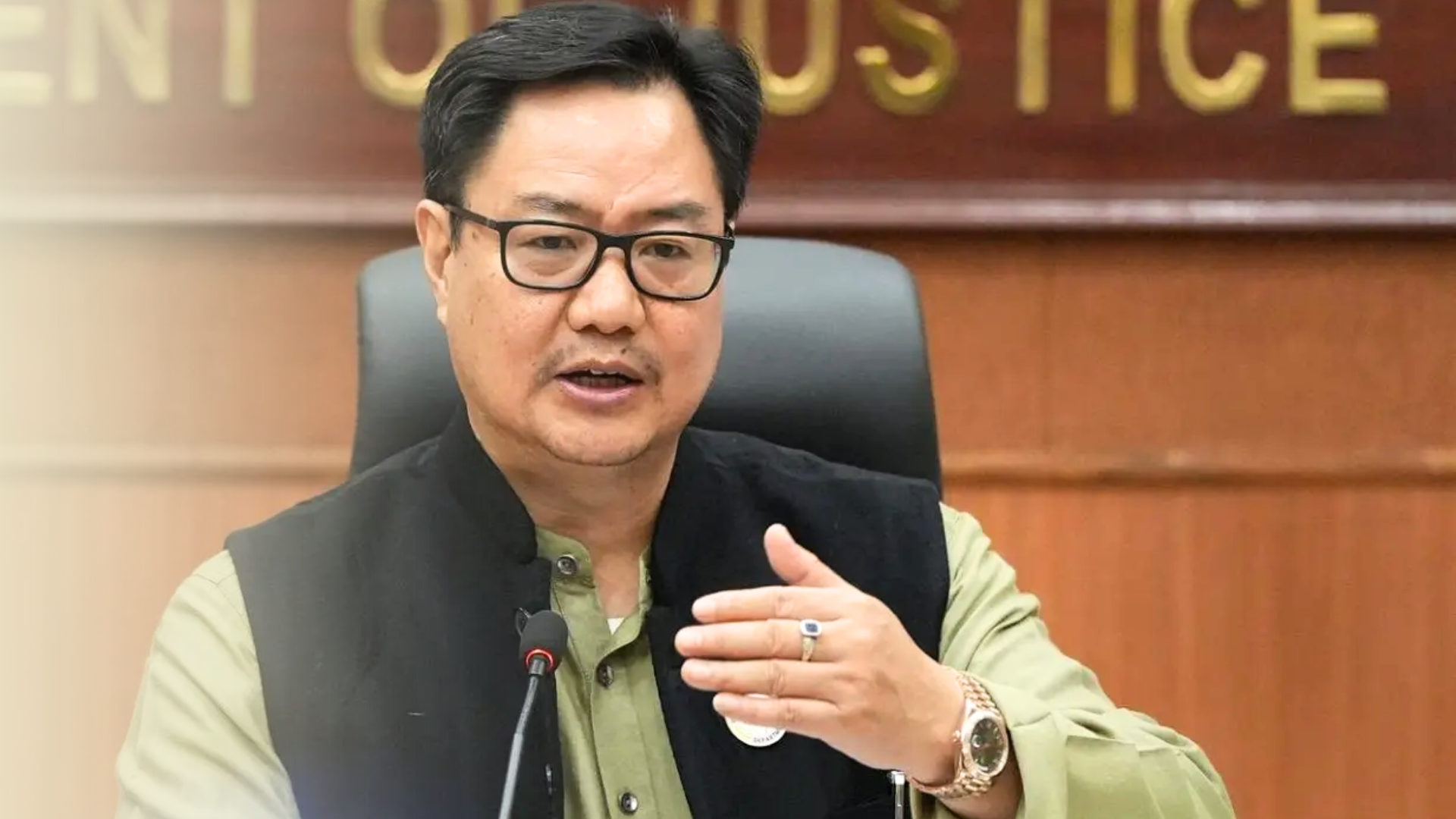
Citing concerns such as encroachments, corruption within Waqf Boards, and arbitrary property claims, the Narendra Modi government has introduced a bill in the parliament to “reform” the 1995 Act. The proposed amendments include mandating the inclusion of at least two non-Muslims on State Waqf Boards, appointing a non-Muslim Chief Executive Officer, and eliminating the provision that recognizes properties as Waqf based on long-term religious use without formal documentation (such as historic mosques or graveyards). Additionally, the bill, tabled by Parliamentary Affairs Minister Kiren Rijiju on April 3 (Wednesday) in the Lok Sabha, requires a valid waqfnama from a person who has practiced Islam for at least five years. It also shifts the authority to determine whether a property is Waqf or government-owned from Waqf Tribunals to District Collectors.
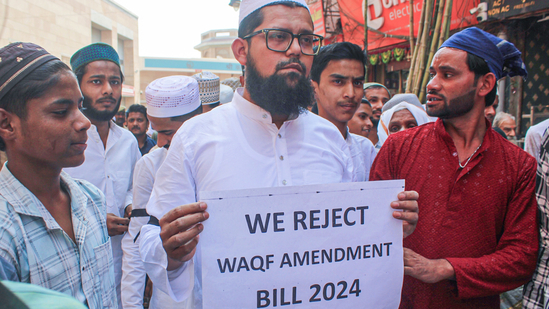
Muslim organizations, including the All India Muslim Personal Law Board, along with Opposition parties, have strongly opposed the bill, calling it an attempt by the ruling Bharatiya Janata Party’s Hindutva forces to centralize power and undermine the autonomy of Waqf Boards and Tribunals, traditionally community-led institutions. Critics argue that the bill effectively allows the state to act as both a litigant and a judge in Waqf disputes, potentially enabling Hindutva-aligned administrators and political executives to seize Waqf properties. They point to past instances of bulldozers being used to demolish homes and mosques in BJP-ruled states like Uttar Pradesh, Delhi, and Madhya Pradesh as a worrying precedent.
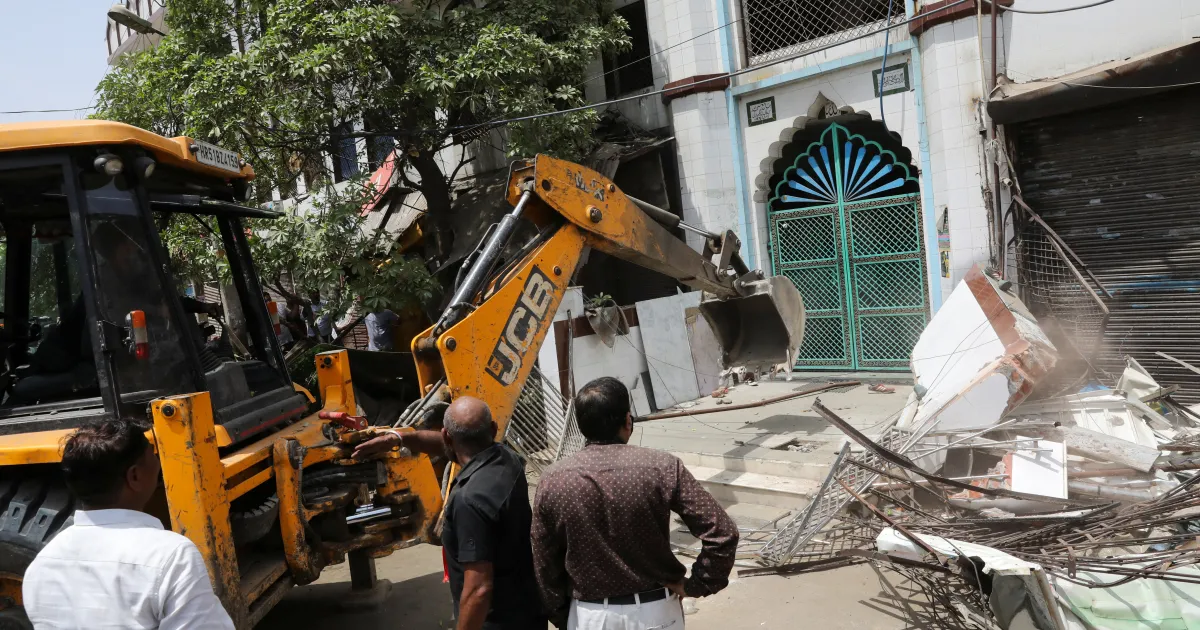
Barbarity and Empowerment
It would be unrealistic to claim that Waqf Boards and Tribunals are entirely free from corruption or other failings—power, whether in religious trusts or government institutions, has a way of breeding such tendencies.
The Narendra Modi government insists that its proposed amendments to Waqf laws are intended to “strengthen” Waqf Boards and “empower” the Muslim community. But how can a ruling party, whose cadres have gained notoriety for orchestrating some of the worst violence against Muslims in pursuit of its politics of polarization, be trusted with such empowerment?
The ecosystem nurtured by the Sangh Parivar, particularly in BJP-ruled states, is rife with signals of further marginalization and dehumanization of a community integral to India’s pluralistic fabric.
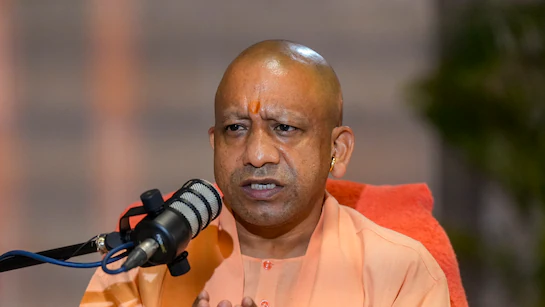
On April 2, the Supreme Court condemned the demolition of Muslim homes in Prayagraj by the Adityanath government, calling it “inhuman, illegal, high-handed, and shocking.” The court ordered compensation of ₹10 lakh each to the petitioners whose homes were unlawfully razed by those meant to uphold the law. Yet, emboldened by Adityanath’s persistent anti-minority rhetoric, police and administrative officials have continued to harass Muslims—blocking them from offering namaz on their own rooftops or in public spaces during Ramzan-Eid. In stark contrast, the same officials are seen massaging the limbs of Kawariyas and showering them with flower petals as they march through the streets. Time and again, police have escorted frenzied mobs of Hindutva zealots dancing provocatively near mosques during Hindu festivals, particularly in Uttar Pradesh.
In such a climate of hostility, the government’s claim to legitimacy in amending the Waqf Act is met with deep skepticism by a significant section of India’s composite society.

With a diminished parliamentary majority, the Modi government may strong-arm allies like the Telugu Desam Party (TDP) and Janata Dal (United) into supporting its agenda. Chandrababu Naidu’s party, vulnerable to pressure from investigative agencies like the CBI and Enforcement Directorate, and Nitish Kumar’s JD(U), caught in the BJP’s tight grip amid concerns over his erratic political maneuvering, may ultimately fall in line. But beyond political compulsions, when judged by the spirit of the Constitution and the broader conscience of India, the Modi government lacks the moral standing to execute such amendments.
Way Out
Optimism tells us that there is always light at the end of the tunnel. While Opposition parties can challenge these “draconian” amendments in court, arguing that they violate Article 26 of the Constitution—which guarantees the freedom to manage religious affairs—the real strength lies with the people. Peasants, workers, students, scholars, and civil society at large can find inspiration in Rahim’s story.
Rahim’s saga is a testament to faith and unity—a story of ranchers, cowherds, shepherds, and farmers coming together against tyranny. But his is just one of countless folktales from India’s rich cultural tapestry, nourished by saints and bards, that offer hope in times of distress. Across centuries, Sufi mystics have blessed warriors fighting oppression, their stories transcending religious divides. Whether during the Middle Ages or under British colonial rule, Indian folklore is filled with accounts of Sufi saints guiding Hindu warriors against Muslim despots—and vice versa—affirming a shared legacy of resistance against injustice.
Now is the time to revive and strengthen our pluralistic ethos—the spirit of love, empathy, compassion, and kindness—to cleanse the air of its most toxic divisions. Love all, hate none, and embrace the spirit of togetherness.


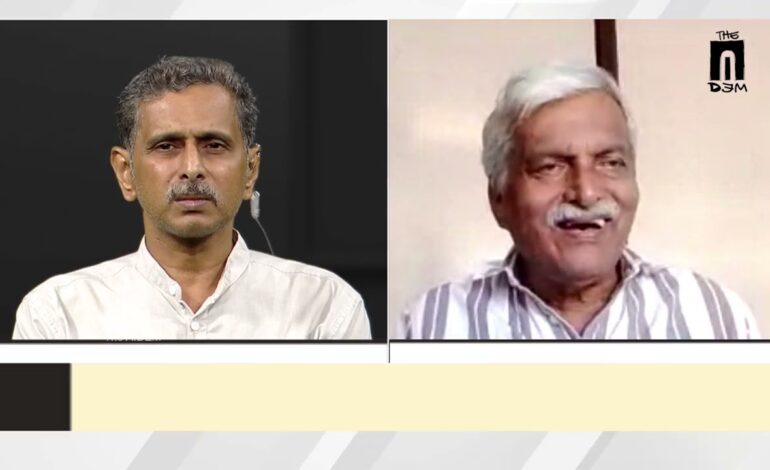


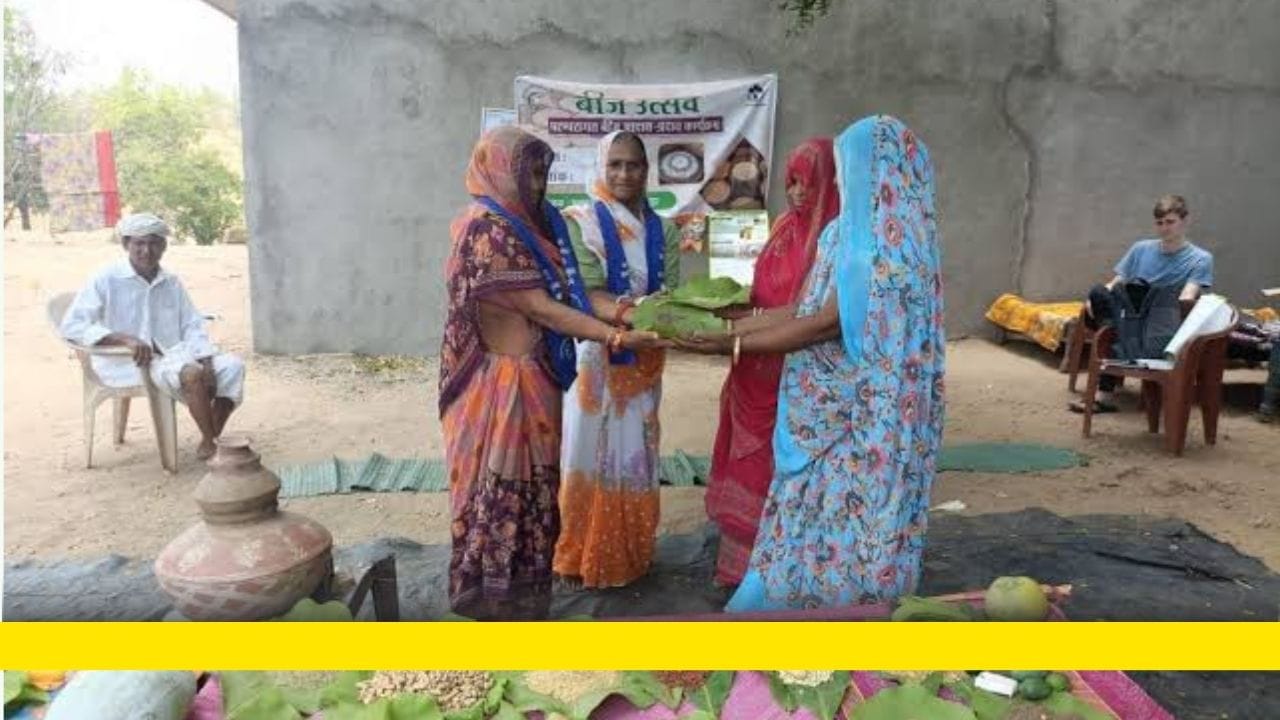
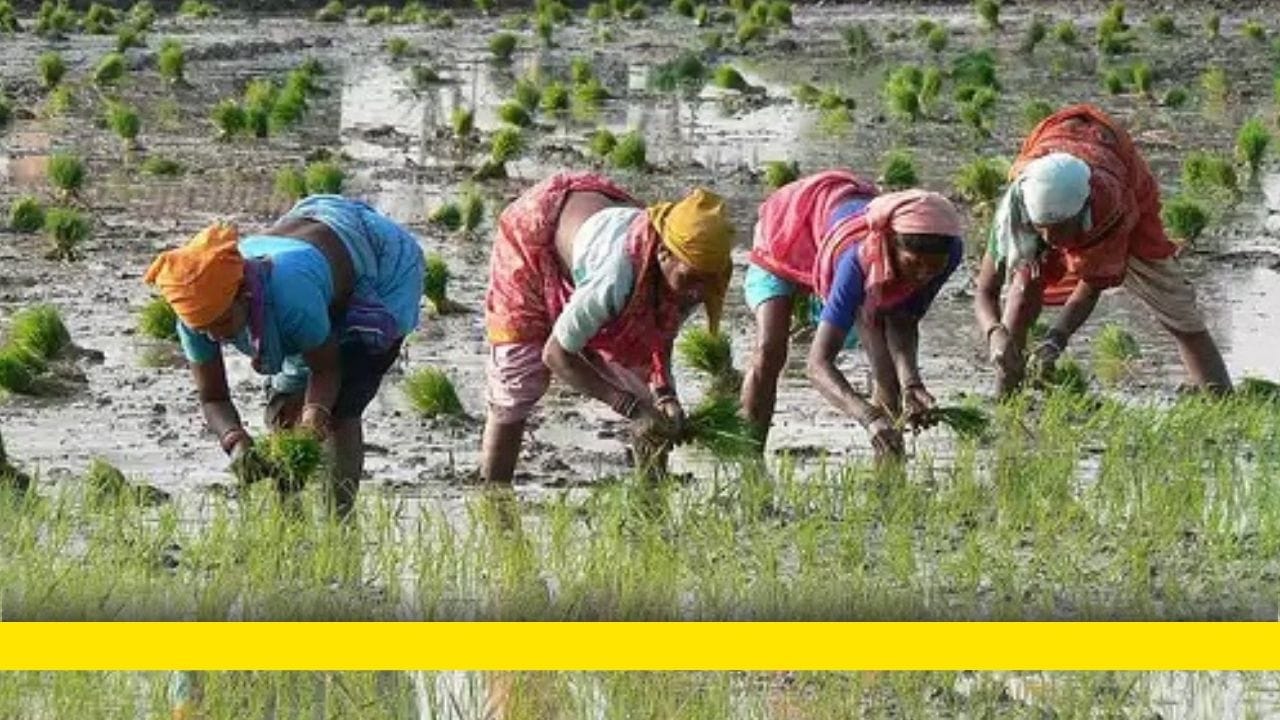
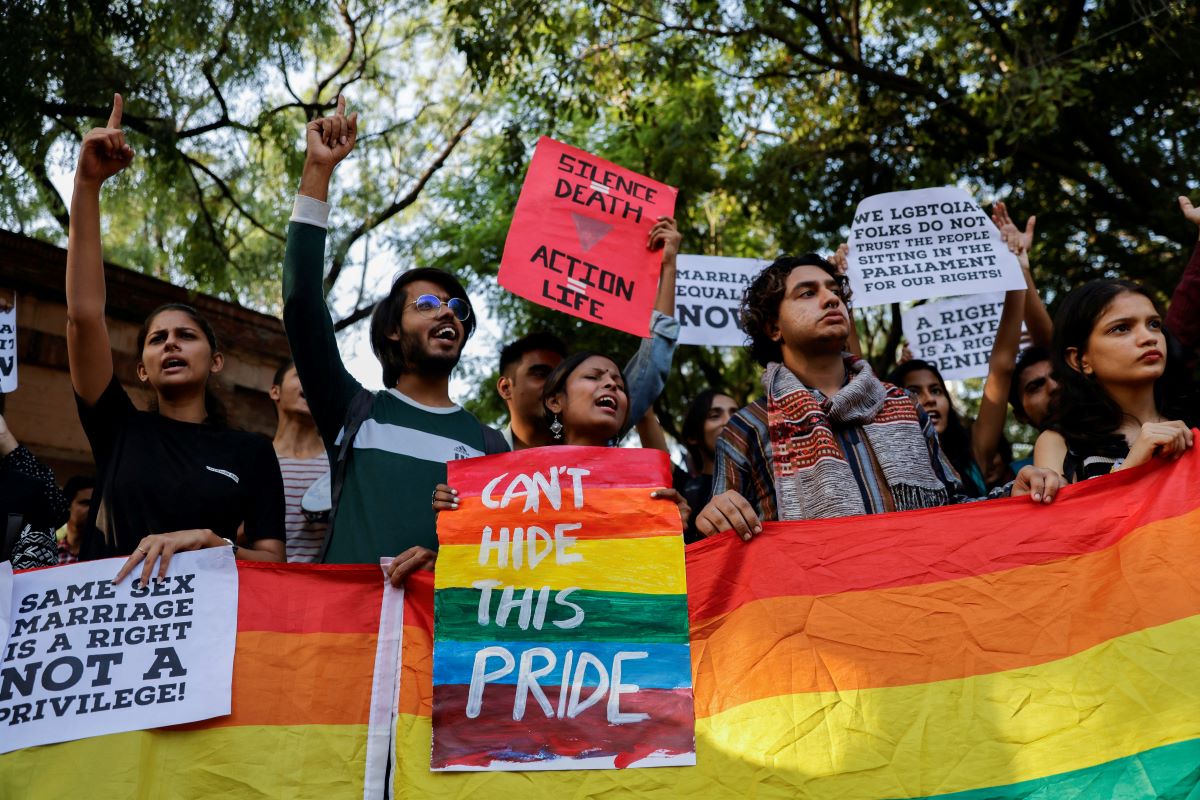
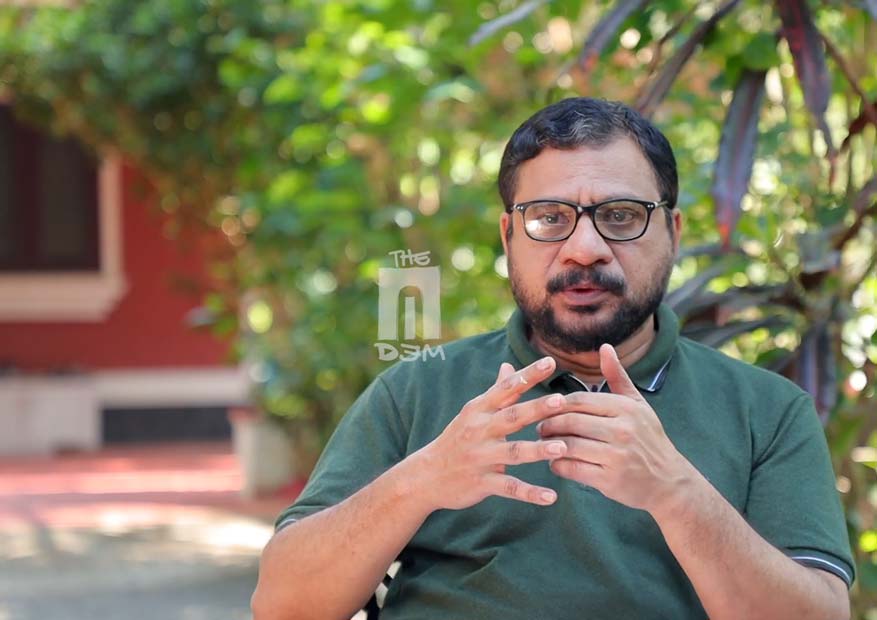
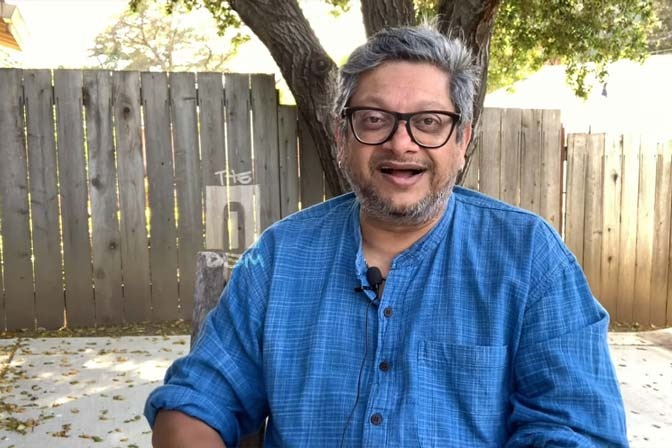
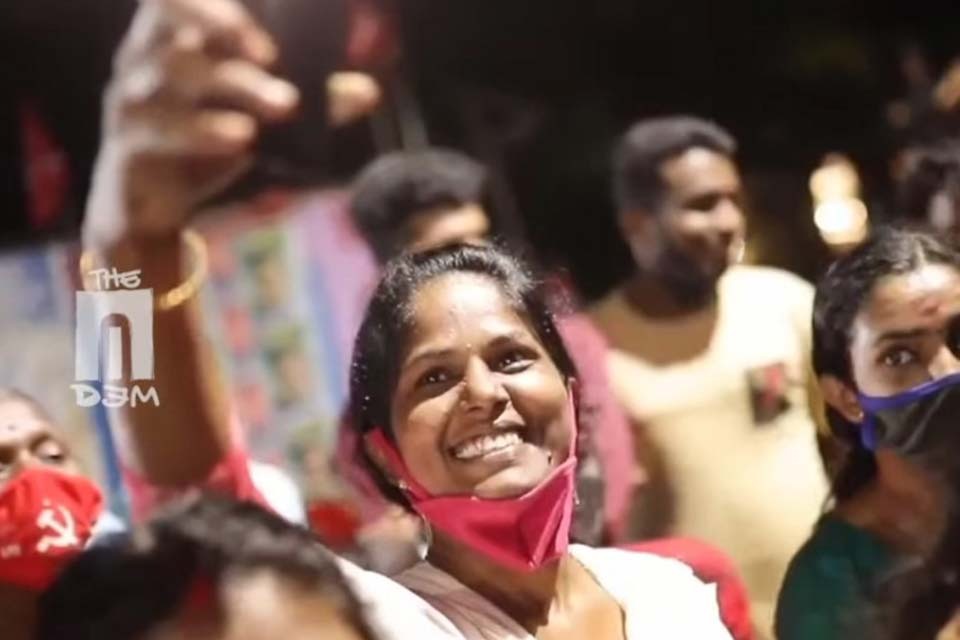

This is something that i really wanted to read Sir amidst all this malignant political farce by the ruling govt.!!! This beautiful piece of writing made me realise a few things that I was previously unaware of, like the most basic thing about the Waqf lands! Important and instructive, it conveys the value of resistance and is necessarily sympathetic !! It also brings forth continuously degrading condition of Muslim minorities in our country!!
Very descriptive article.
On the issue of allies like Chandrababu, it looks as if Modi doesn’t even need to strong-arm them. They are so willing to take forward Sangh agenda just as they did in 2002,etc.